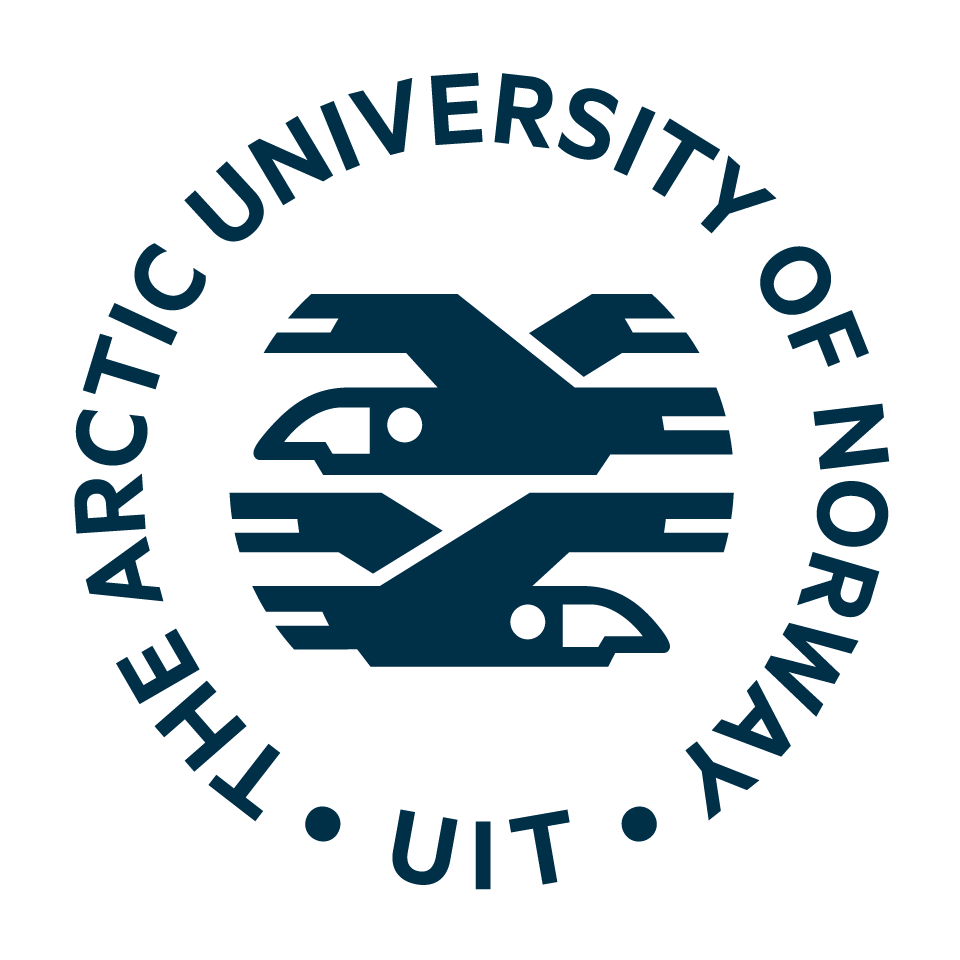BIO-3027 Scientific Programming with Python in the life sciences
This course offers a two-week intensive introduction to Python programming, focusing on scientific computing and best coding practices. Students will learn essential Python skills, scientific packages, and bioinformatics techniques through hands-on exercises and a final project. The course includes lectures, practicals, and a homework project evaluated on functionality and documentation.
Provided by: UiT The Arctic University of Norway
Course Description
Course content
The first week introduces the participants to basic computation in Python. It includes all the basics necessary to get started writing working Python code. Programming concepts and techniques in Python are introduced with plentiful exercises gleaned, as far as possible, from the scientific praxis. After the first week the participants will have a good understanding of general computation in Python. They will have also completed some simpler projects. The second week then further introduces students to the most common aspects and tasks of scientific coding. Participants learn to use many of Python’s scientific packages in realistic settings. Exercises again will mostly be taken from the life sciences. Lastly, students shortly learn about the most important good coding practices. These include needs for documentation and maintainability, as well as techniques for quality assurance.
The more detailed sections of the course are:
- Introduction to computing and Python
- The command line, Interactive shell, Scripts
- Basics, variables, string handling
- Functions & control flow
- Object-Oriented Programming
- File in- and output
- Error handling
- Libraries and foreign code
- Commonly used packages
- Jupyter Notebooks
- Data handling with Pandas and SciPy
- Plotting with Matplotlib and Seaborn
- Sequence analysis with Biopython
- Text search with Regular Expressions
- Generally useful packages
- Using Blast with own code
- Best practices: effective and efficient coding
- Maintainable coding, testing, and debugging
- Resources for Python programmers
Language of instruction and examination
English
Teaching methods
The course consist of 2 weeks active participation and ~ 3 week full-time (120 hours) working on the project. Course includes ca. 40 hours of lectures and ca. 40 hours computer practical and 20 hours of course preparation.
Course details
Venue
UiT, Tromsø
Deep tech fields
Biotechnology & Life Sciences
Country
Norway
Course language
English
Course certification
Directorate for Higher Education and Skills (HK-dir)
Fee
Free course
Duration (hours)
300
Certificate provided
Yes
Skills addressed
Larger data sets; Complex problems; Data analysis; Data analysis pipelines; Python
Course format
On-site
Target group
Undergraduate-level learners, Postgraduate-level learners
Quality check
Approved
Dates
Current no dates scheduled
Course provider
Apply now
Ready to take the next step in your journey? Apply now and embark on a transformative learning experience. Whether you’re pursuing a passion or advancing your career, we’re here to help you succeed. Don’t wait any longer – seize the opportunity and apply today!

